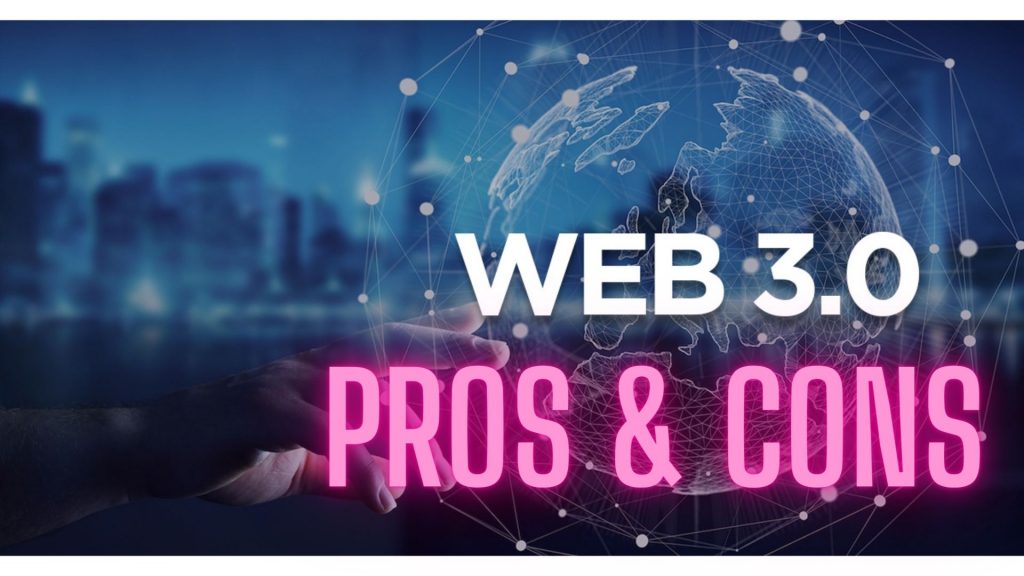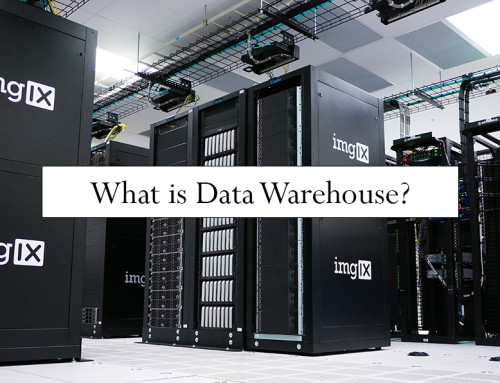Computers and smartphones are useless if they don’t have the facility of internet. By having an internet connection all the devices can communicate with each other. People can talk to each other through the internet. Internet was launched on 1 January 1983 with the help of TCP/IP protocol. The internet era is divided into three types i.e. web 1.0, web 2.0 and web 3.0.

What is web 1.0
Web 1.0 is the era of the internet before 2004. In web 1.0, there was no interactivity with the visitors of the website. All the websites were static. There were no videos on the website and also no animation was there on the internet. Advertisement was very rare on the websites. In Web 1.0, websites were read-only.
What is web 2.0
Web 2.0 is the era of the internet from 2004 onwards. In web 2.0, websites become interactive. Users can now communicate with the website by liking videos and commenting on posts and videos. The famous websites that are famous for web 2.0 are YouTube, Facebook, Twitter, Instagram, Tiktok, and Google. In web 2.0, websites have animated ads and videos.
What is web 3.0
As you know that popular websites like Facebook and YouTube are owned by single companies and they store their data on centralized servers. These websites have the authority to terminate your account any time they like. They can also store your data and can sell your data to other companies. These websites can also slow down if their servers get any problems. To solve this issue web 3.0 is introduced. In web 3.0 blockchain technology is used. In blockchain technology, your data is stored in decentralized locations i.e. at different nodes or computers. If any node gets any problem then your data is still saved on other nodes. Web 3.0 is a cloud-based storage technology.
Let’s discuss some pros and cons of web 3.0.
Advantages of web 3.0
Some benefits of web 3.0 are:-
Decentralized:
Web 3.0 is a decentralized network which means your data is stored on many computers on the network. If any computer gets disconnected from the network then data can be still read from other computers or nodes in the network.
NFT:
NFT stands for non-fungible token. NFT’s are the digital assets that you can sell online. NFT is part of web 3.0 and can be sold by cryptocurrency and with the help of blockchain technology. Many people are earning money by selling NFT.
Data protection:
Your data is highly protected in web 3.0. There are no chances that your data is lost. Your data is stored in cloud storage and your data cannot be changed by anyone. Blockchain technology is used to store users’ data and it is immutable technology which means if any data is stored by the user then it cannot be changed by any other user in the network.
Little transactional charges:
In web 3.0, the transactional charges of money transfers are very little. If you compare this with bank transfer then it takes a longer time and charges are also high. Your payment goes from one bank to another before going to the receiver. But in the case of blockchain, your money will be transferred fast and less than 10% charges will be deducted.
Safety of account:
If you consider Facebook, Twitter and YouTube that is following web 2.0 then these sites can ban your account if you violate their rules or for any reason they have the authority to close your account at any time. But in the case of web 3.0, your account is safe. You also don’t need to put any personal data to sign in to web 3.0 sites. You just need an email, password and your name. You can also use the same login details for signing in to multiple web 3.0 websites. Your data is saved in distributed cloud storage which is a very secure platform for users.
Interest-related content:
You can show your interest in the web 3.0 website and your interest-related content will be shown to you. In web 3.0 the search of words is interest related not popularity-related keywords. For example, if you search Amazon on Google then the Amazon.com website will be shown to you but in the case of web 3.0 you can narrow down your search and Amazon jungle will be displayed to you in search results. In web 3.0, websites will also not store your data like which product you are buying from the website and what you are searching for. Your details, searches, and keywords will not be saved in web 3.0 website.
Customization:
You can customize the web 3.0 website and then only related content will be shown to you. For example, when you sign in to any research-based app or website then it will ask you what things you are interested in. if you select computer science as your interesting topic then it will narrow down your topic and again ask in which subject of computer science you are interested. In this way, you can customize the web content that is shown to you.
Open source:
Most web 3.0 websites and apps are open source which means you can look at the source code of those websites and apps and contribute to their source code and improve it. Users can build more interest in the websites if they can check the code and can check how the website is working.
Improve web browsing:
Web 3.0 supported web browsers give you more benefits than normal web browsers. For example, the brave browser can hide ads and also give you tokens when you use the brave website. Tokens are given to you depending upon how much time you give to a web browser for browsing. Tokens are then converted to real money by the cryptocurrency exchange.
dApps:
dApps also known as decentralized apps can break down the monopoly of big giants who are ruling in the web world. Anybody can develop good dApps and deploy them on the blockchain with Ethereum support. The developers of dApps can earn huge money from it if they get a good number of app users.
Disadvantages of web 3.0
Some drawbacks of web 3.0 are:-
Computational power:
As web 3.0 uses more advanced technologies which require more computational power so most devices and computers do not work for it. For example, 3D graphics, artificial intelligence, and blockchain processing need high-capacity computers. So users have to upgrade their devices which cost them heavy money.
Losing web 1.0:
As there are many new developments in web 3.0 so many websites that are using web 1.0 get disconnected. Web 1.0 websites are mostly text-based sites and there were no comments facility. They also don’t use high-capacity storage. As more and more people shift to web 3.0 so old websites that follow web 1.0 rules will become obsolete.
Newcomer problem:
If you consider studying blockchain which is used as a backbone of web 3.0, it is difficult to learn about blockchain. Blockchain technology is a difficult subject and newcomers feel difficulty in understanding it. Also studying how cryptocurrency works is difficult for beginners.
Upgrading websites:
Old websites will be needed to upgrade themselves. It is a big issue and to keep in touch with new users, website owners have to adopt new technologies that are in current trend. For upgrading a website, you need a fast server, need web developers to be hired, adapt to new payment gateways, shifting to the blockchain. All these changes will consume higher expenses.
Sharing of data:
If you store your pictures on any web 3.0 website then these photos may be leaked by your mistake. For example, you store your phone on cloud storage and give your family member a public link to download the photo. If that public link is accessed by any unknown person your photo will be accessed by any public person. So in web 3.0 private data can be converted to public data as I have given an example of photo sharing.
Cybercrime issue:
As all the data is stored in a decentralized way in web 3.0, there are changes that any wrong person can put abusive data on the server and spread it. As no authority is controlling web 3.0, there are chances of cybercrime activities. There are rules embedded in blockchain but still, abusive content can be shared without any authority who can remove it.
One control:
In the blockchain, the authority is given to the person who has more tokens. The token is a share of the person in the company. If any person buys more tokens of the company then that person gets the decision-making power or in other words, gets more control in the company. The person having more tokens gets more profit from the company. So in web 3.0, few people can have central authority also.
Loss of money:
If people invest in cryptocurrency then they have chances that their investment will be gone to loss i.e. the price of a specific cryptocurrency will decrease. Also if you lose access to your account then your all money will be lost.
Old gadgets:
Most current or old gadgets lack support for web 3.0. That means most gadgets cannot be upgraded to web 3.0. As you know millions of gadgets are in the market and no one wants to lose their gadgets just because of web 3.0 support.
More online time:
With the launch of new web technologies like metaverse, web users are spending more time on the internet. The interest in the internet is increasing day by day with the introduction of web 3.0 technologies. So students are consuming their time on unnecessary items and skipping their academic studies.
Examples of web 3.0
Some examples of web 3.0 are:-
- Cryptocurrency
- Blockchain technology
- NFTs (Non-Fungible Tokens)
- ICOs (Initial Coin Offerings)
- Smart contracts
- dApps (Decentralized Apps)
- DAOs (Decentralized Autonomous Organizations)
- Distributed computing
- The Metaverse
- Machine learning
- Artificial intelligence




